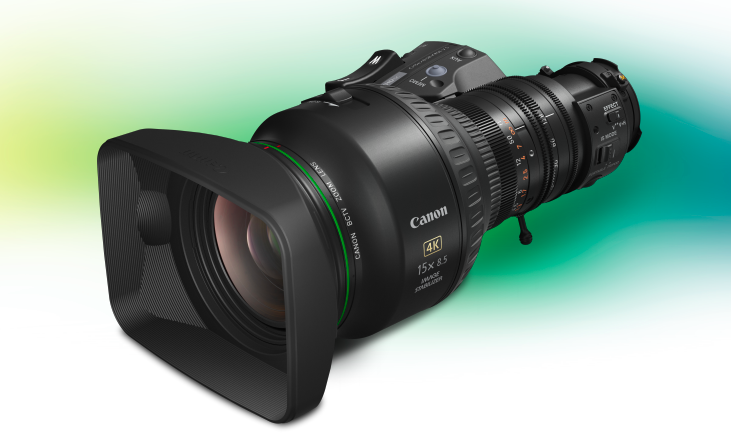Canon White Paper: Built-in Image Stabilization Empowers 4K UHD Portable Lens for Documentary Production
Story Highlights
Canon has released a new white paper entitled “Built-in Image Stabilization Empowers 4K UHD Portable Lens for Documentary Production”. The paper was penned by Canon USA Senior Fellow Larry Thorpe and Optical Specialist Yotaro Sanjo. CLICK HERE to read the full white paper and check out the introduction below.
 The origination of sharp and stable imagery from a 2/3-inch 4K UHD lens-camera requires the optical image projected by the lens to remain spatially stable on the camera image sensor during exposure of that imager.
The origination of sharp and stable imagery from a 2/3-inch 4K UHD lens-camera requires the optical image projected by the lens to remain spatially stable on the camera image sensor during exposure of that imager.
Shooting video with a handheld or shoulder-mount lens-camera system can encounter a variety of inadvertent physical perturbations that introduce image unsteadiness. This can appear in the form of a random “jiggling” or vibration of the video image viewed on a monitor resulting from inevitable human tremors when the lens-camera system is handheld. The occurrence of these can increase with protracted shooting – a consequence of normal human fatigue. Such tremors typically manifest themselves as a vibration frequency in the neighborhood of one hertz. They are compounded in amplitude, and extended in frequency, when the camera operator is walking or running while shooting. If the lens-camera is shoulder-mounted, an experienced operator can produce a quite steady image – but, over time, fatigue will invariably introduce a degree of unsteadiness. Tripod-mounted systems generally produce steady imagery – unless the system is mounted on flooring, or a tower, that is subject to vibration, or if the lens-camera system is subject to a blowing wind. Shooting hand-held while riding on a motor cycle pillion, from within an automobile, or from within aircraft or boats – all can introduce variations in vibration amplitudes and frequencies.
The basis of image stabilization is to restore the image – in real-time – to its correct spatial location on the camera image sensor system. Today, one can find three basic approaches to this: mechanical gyro- stabilized housings for the lens-camera system; electronic systems within the camera that moves sensor readout or digital sampling of the video to counter the inadvertent displacement of the optical image on the camera sensor; and optical correction within the lens itself.
